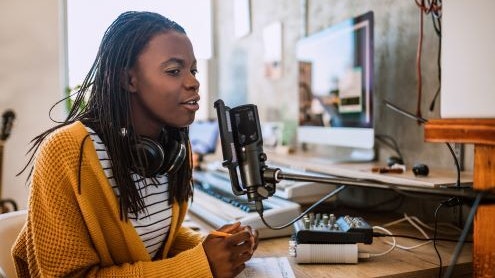Homepage
•
Learning Library
•
Blog
•
Create and share your own videos and podcasts
Expand breadcrumbs
Expand breadcrumbs
- Learning Library
- Blog
- Create and share your own videos and podcasts
- Homepage
- •
- Learning Library
- •
- Blog
- •
- Create and share your own videos and podcasts
Create and share your own videos and podcasts
By Tyler DeWitt
September 21, 2019








